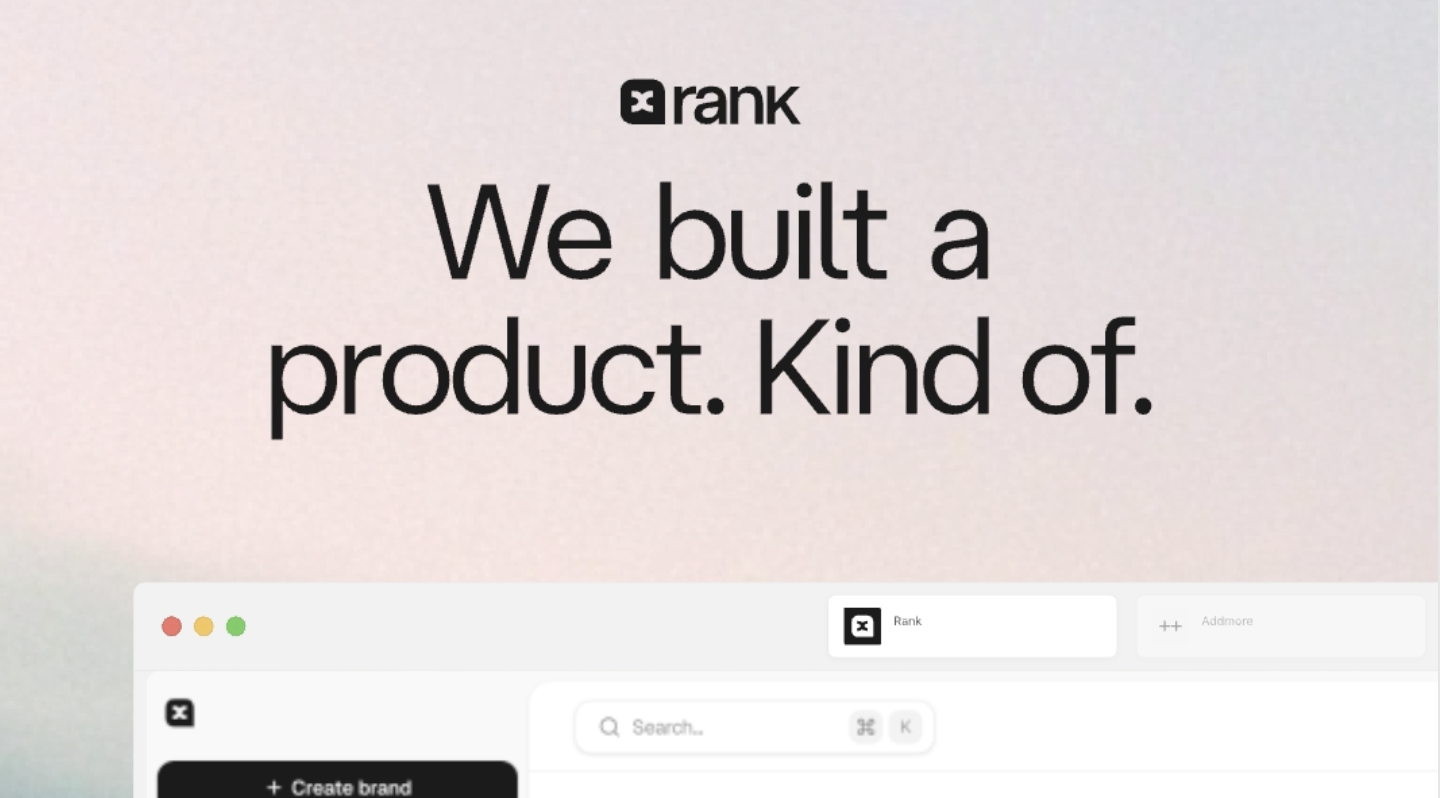
The software running Europe does not win on pretty. It wins on clear.
Hospital systems don't get adopted because the dashboard looks good.
Payroll platforms don't win deals because of gradient buttons.
Energy grid software doesn't get procurement approval because someone liked the font.
Infrastructure software, the kind that actually keeps society running, gets adopted because the story is sharp, the value is clear, and the market gets it.
But most teams building this software never get there.
The infrastructure nobody sees
The software shaping Europe's future is invisible to most people.
It's managing hospital beds and patient flow. Processing millions in payroll across borders. Balancing energy grids in real-time. Orchestrating supply chains that span continents.
This is mission-critical infrastructure. The stakes are high. The budgets are real. The problems are urgent.
And yet, the best solution often loses to the one that's easier to understand.
Not better. Just clearer.
Where European B2B software gets stuck
You've built something genuinely innovative. Something that could change how an entire sector operates.
But when you try to explain it?
The pitch deck is full of technical architecture. The landing page drowns in "next-gen" and "intelligent" and "powerful." The sales call turns into three different explanations depending on who's asking.
Your prospect squints. They ask for more information. They say they'll circle back.
They don't.
This isn't a marketing problem. It's a clarity problem.
And in B2B infrastructure software, an unclear story isn't just a missed opportunity. It's a barrier to adoption.
The founders-team disconnect
Here's what happens inside founding teams:
The CTO sees your product as an infrastructure play. The CEO sees it as a transformation story. Your head of sales pitches it as a legacy replacement. Your investor sees it as a platform opportunity.
Everyone's right. Everyone's also talking past each other.
So the messaging becomes a compromise. A Frankenstein monster that tries to say everything.
"Our AI-powered platform leverages cutting-edge technology to deliver next-generation solutions for modern enterprises..."
Stop.
What does it do? What breaks without it? What changes with it?
If you can't answer that in one clear sentence, neither can your prospect.
And if your prospect can't explain you to their boss, you're not getting the deal.
How infrastructure actually gets adopted
Stripe didn't win on superior payment processing alone.
They won because "accepting payments shouldn't require weeks of integration hell" was a story every developer immediately understood. The value was obvious. The alternative was painful. The decision was easy.
Workday didn't beat Oracle and SAP just on product features.
They won because "HR and finance software that doesn't make you want to quit" resonated with everyone who'd suffered through legacy enterprise tools. The story was sharp. The value was clear. The market got it.
The infrastructure didn't change. The frame did.
And adoption followed.
Why this matters more in Europe
European B2B software companies build incredibly sophisticated products. Deep technical moats. Real innovation. Complex systems solving complex problems.
But sophistication in the product doesn't require complexity in the story.
In fact, the more complex your infrastructure, the simpler your story needs to be.
Your prospect isn't buying your architecture. They're buying what changes when they use you.
They don't need to understand how it works.
They need to understand:
- What problem you solve
- Why it matters to them specifically
- What happens if they don't act
- Why you're the obvious choice
That's it. That's the story.
That’s where we come in
At ++addmore, we work with European B2B teams building infrastructure software that matters but hasn't found the story that lands.
We're not talking about bad products. We're talking about strong products with unclear stories.
We don't write cute taglines. We don't do marketing theater. We don't make your deck prettier.
We do the hard strategic work of making your product make sense to someone who doesn't live inside your Notion workspace.n
The fix starts here:
→ One clear narrative that cuts through complexity
→ Sharp positioning that makes your value impossible to miss
→ Messaging that procurement understands and decision-makers approve
We call it the Narrative Lab.
It's not a rebrand. It's a rebuild of the foundation your entire go-to-market stands on.
What changes when the story gets sharp
Your sales team stops improvising different pitches. Everyone tells the same story, hits the same beats, and it lands every time.
Your prospects stop asking for more information. They understand what you do in the first meeting.
Your pilots convert faster. Because the value was clear from the start, not something they discovered halfway through.
Your champion can sell you internally. Because they can explain you in one sentence to their boss.
Your content actually works. Every case study, every blog post, every piece of sales collateral reinforces the same sharp narrative.
That's how infrastructure gets adopted.
The cost staying unclear
Here's what happens when you don't fix this:
You keep losing deals to inferior products with clearer stories.
Your sales cycles drag on because prospects can't build internal consensus around something they can't explain.
Your best features go unnoticed because nobody understands the problem they solve.
Your funding conversations stall because investors can't see the obvious path to scale.
Your team gets frustrated because everyone's telling a different story, and none of them are working.
The product isn't the problem. The story is.
If this sounds familiar
If your launch feels messy and your story's still a work in progress, you're not alone.
The infrastructure software running Europe's hospitals, payrolls, energy grids, and supply chains didn't get adopted because of pretty interfaces.
It got adopted because someone figured out how to tell the story that made the value impossible to ignore.
The difference between infrastructure that scales and infrastructure that stalls?
They fixed the "nobody gets it" part first.
The rest gets easier after that.
Let's fix the part that nobody gets. The adoption follows.



